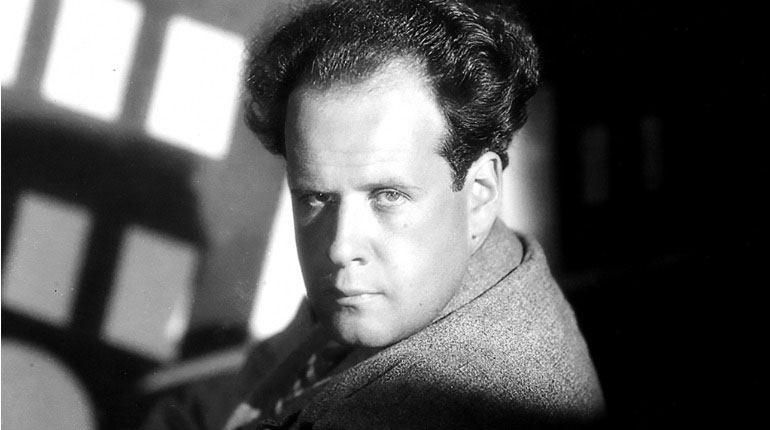swth.info – Sergei Eisenstein, a pioneering figure in the world of cinema, was known for his groundbreaking work in film theory and practice. His contributions to the art of filmmaking have left an indelible mark on the industry, influencing countless directors and shaping the way we understand visual storytelling. This article explores the revolutionary cinema of Sergei Eisenstein, delving into his innovative techniques and the enduring legacy of his work.
Early Life and Influences
Born in 1898 in Riga, Latvia, Sergei Eisenstein was the son of a successful architect. His early exposure to the arts and architecture had a profound impact on his visual sensibility. Eisenstein initially pursued an education in engineering, but his passion for the arts led him to the theater, where he began to develop his unique approach to storytelling.
Montage Theory: A New Form of Storytelling
One of Eisenstein’s most significant contributions to cinema is his development of montage theory. He believed that the collision of contrasting images could evoke powerful emotions and ideas in the audience. This technique, which involves editing disparate shots together to create a new meaning, became a cornerstone of his filmmaking style. Eisenstein’s approach to montage was not just about cutting film but about creating a dynamic and intellectual experience for the viewer.
Masterpieces of Soviet Cinema
Eisenstein’s films are celebrated for their technical innovation and political commentary. His 1925 film “Battleship Potemkin” is often cited as one of the greatest films of all time. The film’s iconic “Odessa Steps” sequence is a masterclass in montage editing, using rhythm and juxtaposition to create tension and emotion. “October: Ten Days That Shook the World” (1928) and “Alexander Nevsky” (1938) further exemplify Eisenstein’s ability to blend visual artistry with historical and political narratives.
Legacy and Influence
Eisenstein’s revolutionary approach to cinema has had a lasting impact on filmmakers around the world. His theories on montage have been studied and applied by directors such as Alfred Hitchcock, Orson Welles, and Francis Ford Coppola. Eisenstein’s work continues to be a subject of study in film schools, and his influence can be seen in both classic and contemporary cinema.
Conclusion
Sergei Eisenstein’s contributions to the art of film are nothing short of revolutionary. His innovative use of montage and his ability to convey complex ideas through visual storytelling have left an enduring legacy. As we look back on his remarkable career, it is clear that Eisenstein’s work will continue to inspire and challenge filmmakers and audiences for generations to come.
